The making of a sculpture is a rather intimate process; it begins with a mound of clay tossed onto the unpredictable wheel, shaped by intuitive motions of the hand and caresses of the fingers, and culminating (or beginning) in a fiery kiln of anticipation. The objects that find their way out—some ‘complete’ and some rendered beyond recognition—are layered emblems of the process that underpins them, their raw surfaces and rugged edges offering glimpses of details the viewer would otherwise not be privy to. Through such personal artistic expeditions, ceramic artists become architects but in a world of tinier objects. How do these petite ceramic entities pursue balance through a game of construction?
French artist Catherine Dix sculpts her oeuvre as a repository of small architecture. For her collection, justifiably titled Petites Architectures, she conceives a series of unique and outlandish tripod creatures, vaguely anthropomorphic but clearly structured. The three-legged aliens are either small sculptures or high-perched tiny architecture. The growing family of sculptures represents the artist’s work that straddles craft and art, ensconced between the ancestral object dedicated to a mundane function and sculptural art. “I believe that ceramics are historically and culturally linked to the utilitarian object and at some point, the desire to create objects that have some semblance of function was felt,” says Dix. “I have recently returned instinctively to my ‘architectures,’ after all, architecture also has a function, so everything is linked,” she adds.
Born in Paris, Dix now lives and works in the Périgord-Vert region near Brantôme. When she first discovered ceramics in 2012, she began working with and exploring bottle forms. Gradually, she began to swerve from its primary purpose by adding layers of complexity to simple shapes—some morph into sculptural pieces that preserve the archaic aspect despite their contemporary facets. “I started to make architectural sculptures, like landscapes high up in the air, in balance, and then they became tripod bottles,” the artist shares.
The series, in fact, Dix's entire body of work, highlights the affinity between the spheres of architecture and sculpture, how one often unwittingly melts into the other, and how, frequently, one is a pursuit of the other. The geometric compositions of her ceramic art exude a quality of something built as opposed to something shaped, reiterating the juxtaposition of art and architecture. The angular details and strikingly balanced forms emulate characteristics associated predominantly with their exponentially larger muse. “I like the idea of being an architect of the object. I try to find the balance between different elements by putting them together; small architectures are a good place to propose a variation on the theme of construction,” notes the artist.
The ceramic sculptures are created without moulds; everything is handmade and the pieces are shaped by stamping, modelling, slab building, and, on rare occasions, the potter's wheel. “I don't make preparatory drawings, I prepare different elements that I will then assemble, looking for the right balance,” explains the sculptor. She always works to contrive an ensemble of elements that work well together, subsequently realising sculptures that speak to each other in some way—often coming to life and becoming creatures in full discussion. The French artist employs grog stoneware or chamotte, a raw material usually made from crushed and ground potsherds, reintroduced back into crude clay to make it more resistant to thermal shock but also to give it a rougher appearance. Working with the mortar-like material is rather challenging, especially on small elements, because you always come across a stone; cutting a rectangle with a knife is complicated, and the assembly is perilous.
”Catherine Dix makes ceramic objects and sculptures, strange tripod creatures of an incomprehensible nature, like little three-legged aliens with rough, raw and almost unfinished appearance, sometimes terribly witty casseroles, and sometimes completely headless,” reads a text by art historian Simone Scaloni. Dix expresses her desire to continue crafting her small architectural sculptures, perhaps actualising them at much larger scales in the near future. Petites Architectures, through the miniature compositions that it encompasses, epitomises a sense of mystery that yields from their archaic roots and inspirations, expressing the beauty that is raw and untouched—a beauty that speaks of delicacy and unwavering balance in tandem.






 Sign in with email
Sign in with email


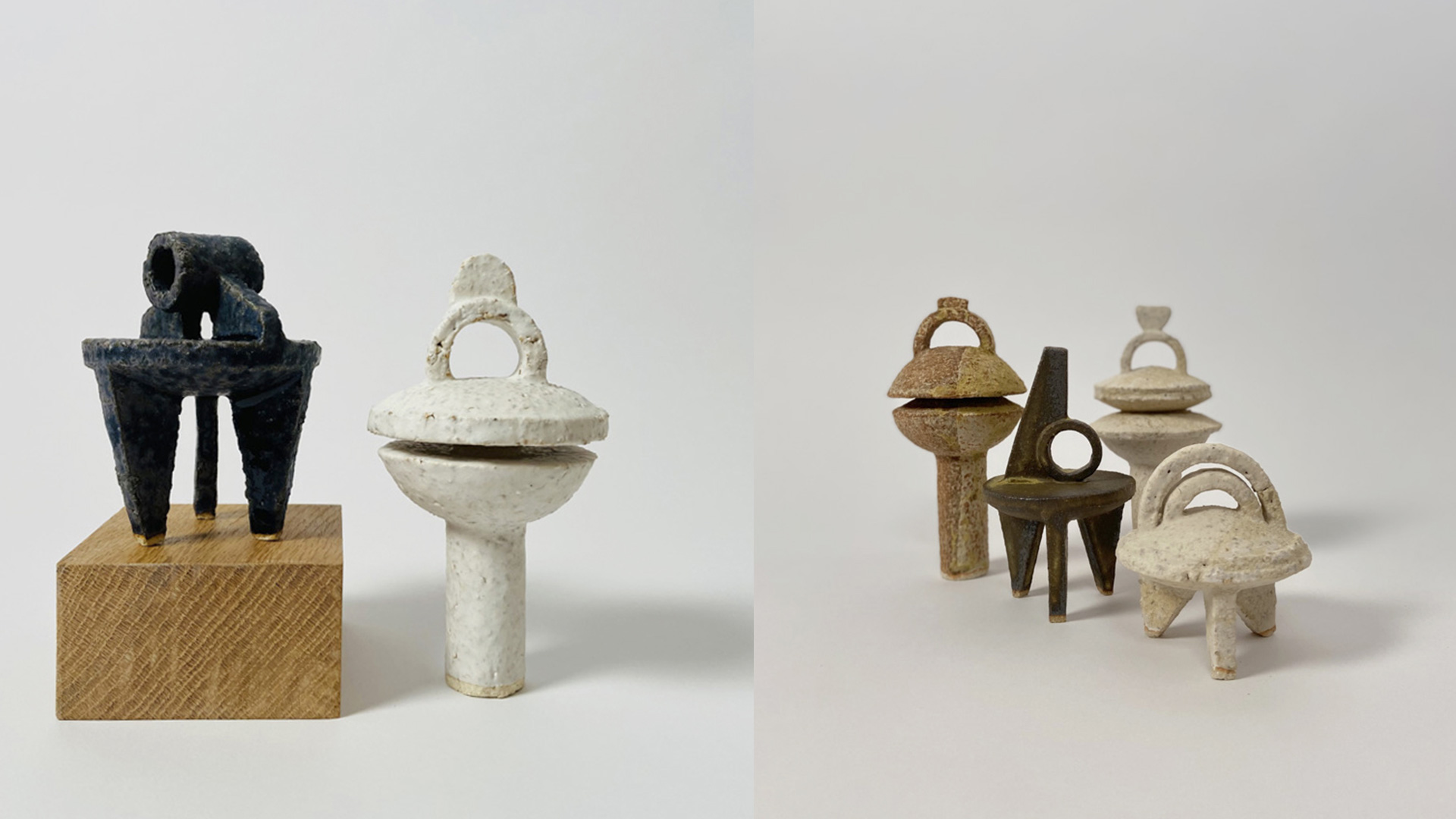
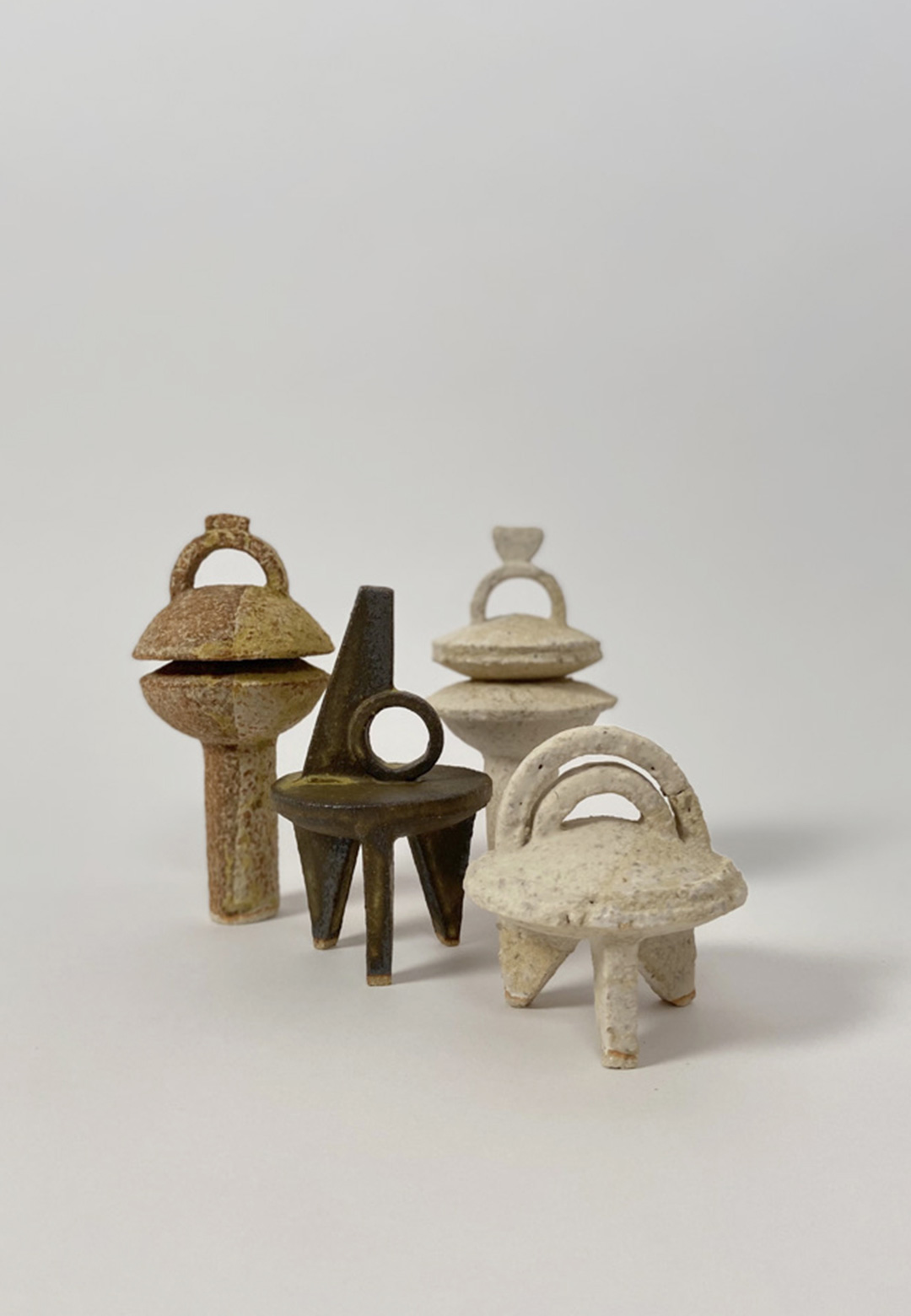
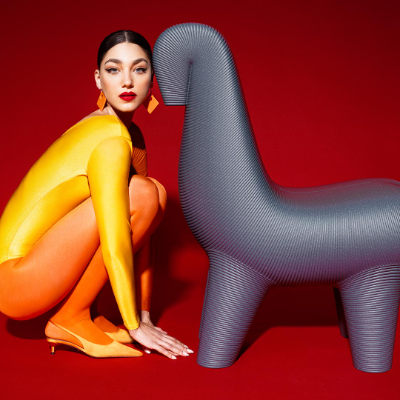
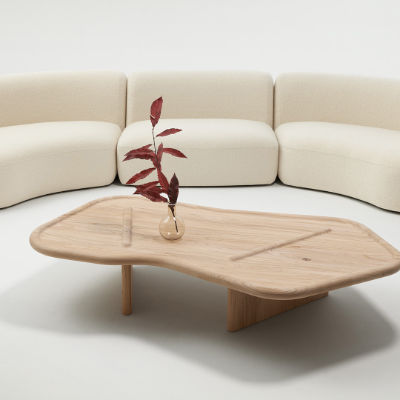
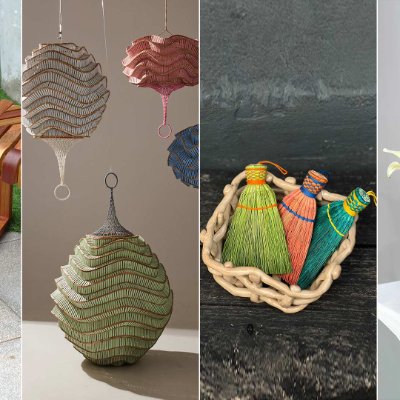
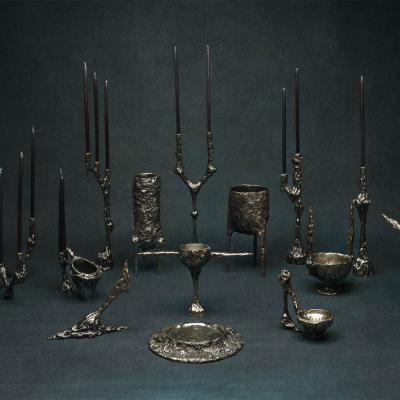
What do you think?